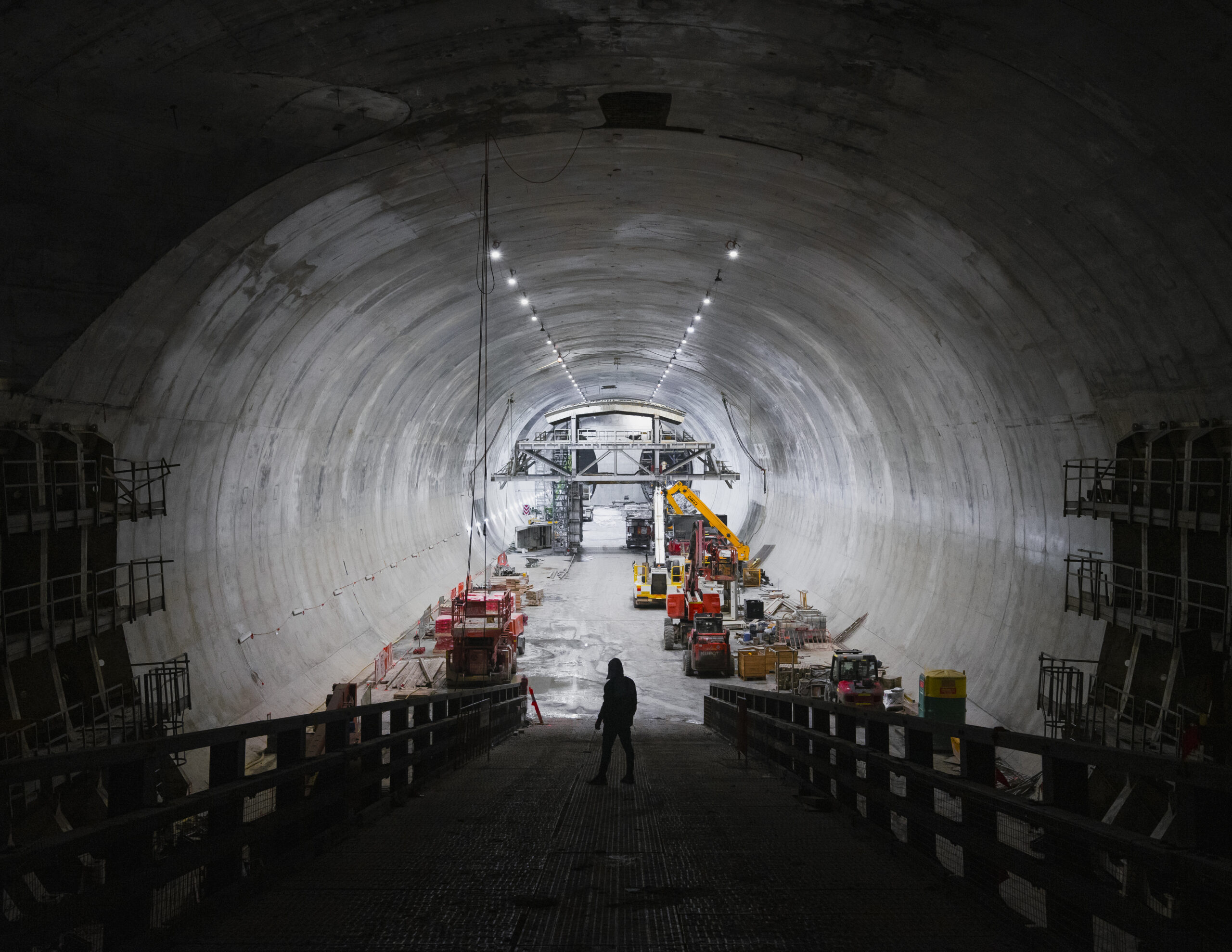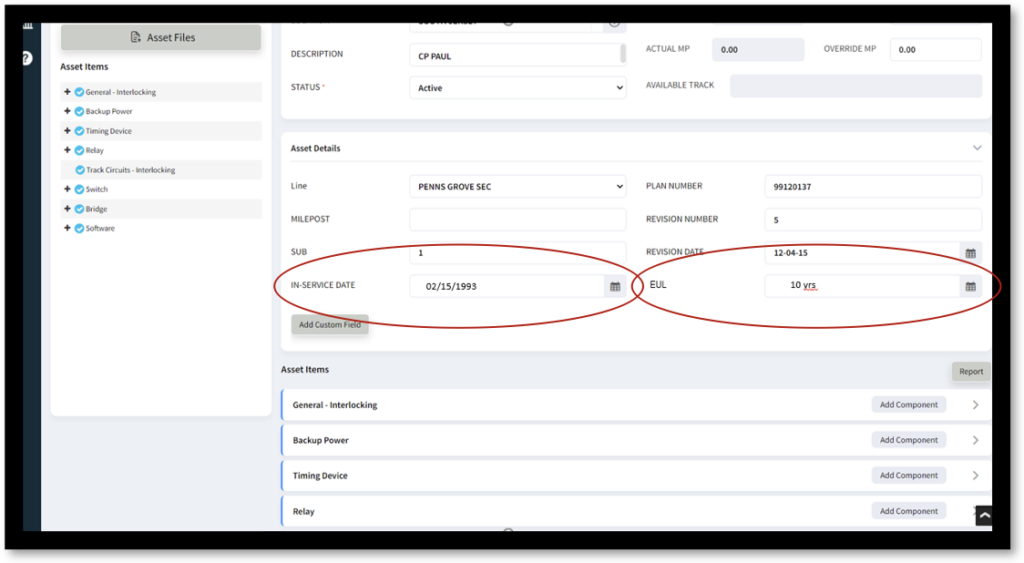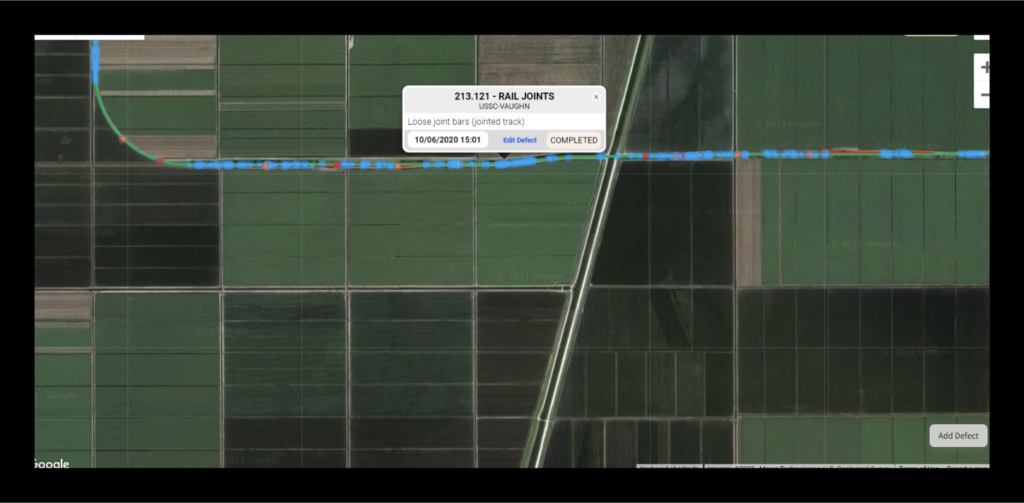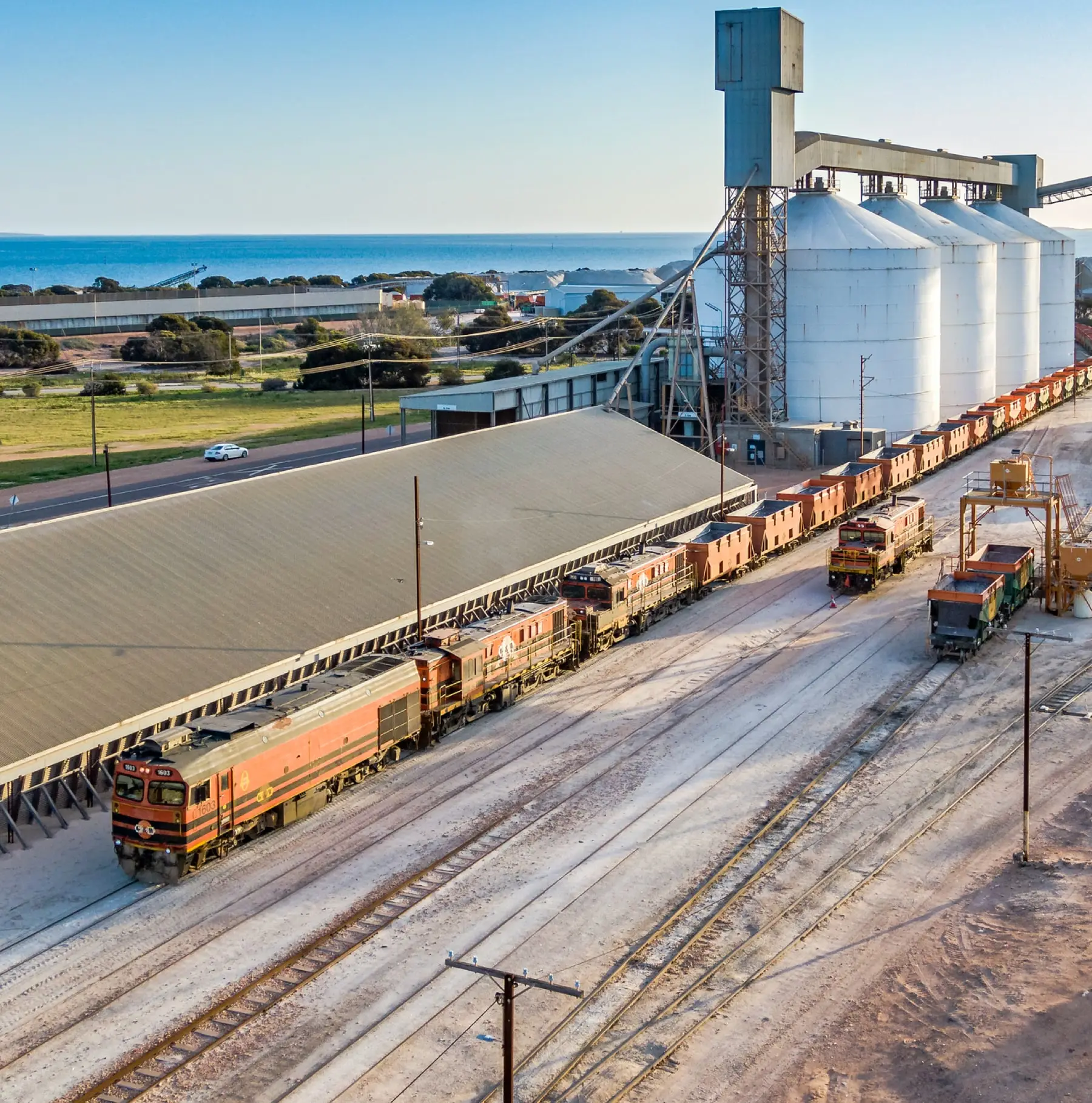While the definition and focus on state of good repair may differ between railroads and transit properties, all asset owners want to maintain their property in a state of good repair (SGR) for safety and performance.
The Federal Government defines the state of good repair as:

“State of Good Repair” means a condition in which physical assets, both individually and as a system, are performing at a level at least equal to that called for in their as-built or as-modified design specification during any period.
Maintaining SGR provides many benefits:
- Improved system safety
- Improved reliability
- Improved service delivery/performance
- Improved budget and financial efficiencies
With the congressional passing of the “Fixing America’s Surface Transportation Act or FAST Act” and the “Moving Ahead for Progress in the 21st Century or MAP21”, both the Federal Railroad Administration (FRA) and the Federal Transit Administration (FTA) offer multiple grant funding opportunities for SGR projects.
To be successful winning these grants, a property must have the data to prove the need to rehabilitate or replace mission and safety critical assets. For railroads and rail transits, this would typically apply to track, switch, bridge, tunnel, electrical, signals, communications, train control, crossings, etc.
Good asset management practices are essential to the support of a property’s SGR. It is recommended that rail properties develop asset management plans for all asset types. Asset management plans should contain an accurate and up-to-date inventory for all assets. At a minimum, the asset record should contain the asset ID, asset type, in-service or installed date, asset priority, estimated useful life, (EUL) or useful life benchmark (ULB), asset condition, cost information, maintenance history, etc.
Some asset types will need to be rehabilitated or replaced due to age but for many rail assets, condition, performance, and maintenance costs would be the leading indicators of needing asset rehab or replacement. Some asset indicators can be set-up to capture usage. For example, how many times a switch throws or # of trains or tonnage on a track segment. Defect and failure data are also valuable indicators for capital planning to maintain a state of good repair.
You should also think of methodology to capture performance restrictions against wayside assets. In the railroad industry slow orders, out-of-service (OOS) FRA Part 213.9 (b), mean time between failure, and mean time between service interruptions are a few examples.
Railroad Software’s TrackAsset is a tool that allows for the asset management of all asset types found on the right-of-way. It is cloud-hosted, map-based, mobile and most of all, user-friendly.



Track Quality Indexes, Rail Profile Measurements, Geometry, Ultrasonic Rail Inspections, etc. should continue to be utilized as these are integral for Capital Planning and overall Condition Ratings.
Along with the requirements mentioned above, transit and commuter providers are required by the FTA to develop Transits Asset Management Plans.

While this is not currently a requirement of the FRA, it is an industry recognized best practice for asset management and ensuring state of good repair.
Railroad Software’s TrackAsset is ready to address all your asset management and state of good repair needs and requirements.
Please check out TrackAsset’s page for more information or to schedule a demo.
